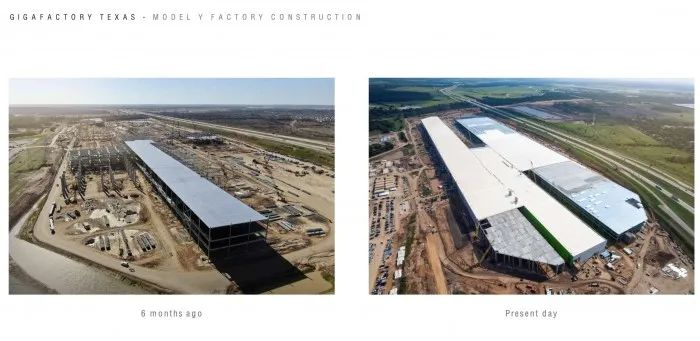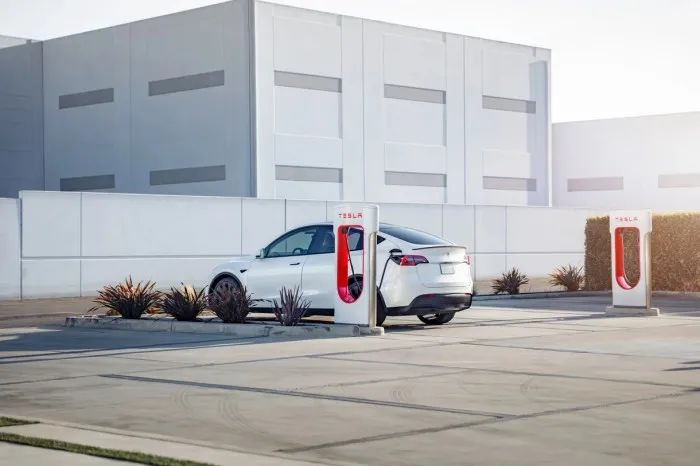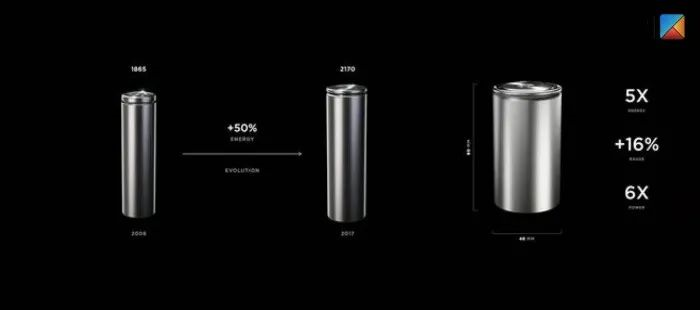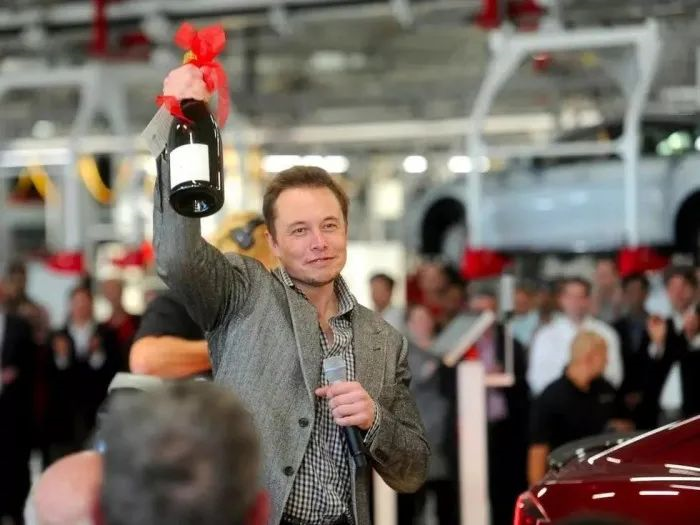Author: Michelin
Those who are waiting for Tesla jokes are going to be disappointed again.
After experiencing public opinion turmoil, data events, and a series of price adjustments, Tesla Q2 financial report presents a beautiful report card.
Today, with the rapid development of new energy vehicles, the growth of sales and the new high of revenue seem to no longer excite everyone. So what are the new highlights in Tesla’s Q2 financial report?
Sales growth, cost reduction, and pleasing financial figures
In the second quarter, Tesla produced a total of 200,600 cars, a year-on-year increase of 151%, of which Model 3 and Model Y models totaled 204,000, a year-on-year increase of 169%; Model S and Model Y models totaled 2340. A total of 201,300 cars were delivered in the second quarter, a year-on-year increase of 121%, of which Model 3 and Model Y models accounted for 99%, totaling 199,400, while Model S and Model Y only had 1,895.

Although the financial report did not provide sales data for each region, based on sales data in China over the first three months, the Chinese market should account for approximately 30% of the market share.
According to Musk’s prediction at the end of last year, Tesla’s total production in 2021 will reach 750,000 cars. Currently, based on the data given in the first two quarters, more than 380,000 cars have been produced and delivered, exceeding half of the plan. This is still to be counted, including a series of disruptive factors such as chip and battery shortages, no wonder Tesla’s CFO is confident in saying that “the second half of the year is when Tesla will demonstrate its delivery capacity.”
Regarding profits, Tesla still played its nature of cost squeeze. The second quarter revenue was about $11.96 billion, a year-on-year increase of 98%; the automotive business revenue exceeded $10 billion, reaching $10.206 billion for the first time; the gross margin of the entire vehicle is as high as 28.4%, which is an increase of three percentage points compared to the previous quarter.From the numbers, it can be seen that although the lower-priced Model 3 and Model Y accounted for the majority of the delivered models in the second quarter, and even underwent price adjustments for the Model Y, Tesla did not rely on “thin profits and high sales” as expected, but rather increased its gross profit margin. This is thanks to the streamlining of its direct sales model, as well as Tesla’s extreme control over supply chain costs, utilizing methods such as die-cast body frames, lithium iron phosphate batteries, and minimalist interiors – doing everything they can to save on costs. With a gross profit margin of 28.5%, this figure approaching 30% leaves not just Tesla’s new energy vehicle competitors, but also long-standing fuel vehicle manufacturers admiring their cost control ability.
Of course, with continuously rising sales and even lower costs, Tesla’s automotive business revenue has surpassed $10 billion for the first time, with the net profit of its automotive business turning positive. That is to say, Tesla can now finally make money by “purely selling cars”.
Looking back on past financial reports, there are several important parts to Tesla’s earnings: their automotive business, energy business, service business, carbon trading revenue, and Bitcoin revenue. For example, in last quarter’s financial report with a net profit of $438 million, carbon trading revenue contributed $518 million; in 2020’s total profit of $721 million, carbon trading contributed an astonishing $1.58 billion. However, in Q2, of the $1.142 billion net profit, carbon trading revenue only contributed $354 million, with most of the profit coming from selling cars.
With the tightening of carbon neutral policies and more and more car companies joining the electrification transformation, the demand for buying carbon credits as a way to cheat the system will become less and less. Therefore, while carbon trading revenue won’t be affected in the short term, reduced revenue is an inevitable long-term trend.
As for Bitcoin, which once brought Tesla a windfall in Q1, after suffering a significant crash in Q2’s cryptocurrency prices, Tesla only lost $23 million on the books, which was surprising. Maybe Tesla sold some Bitcoin in Q2? Or perhaps Tesla bought Bitcoin at a much lower price than everyone imagined? Who knows, it doesn’t matter now.
What people would like to see is for automotive revenue to become Tesla’s main support for profitability, and for prices to return to their true value.
Uncertain Factors Under Shiny Data
Although everything looks rosy from the data, there are still some uncertain factors lurking below the surface during Tesla’s financial report conference.First of all, there are the chip semiconductor and port congestion issues that have affected the global automotive industry, which has caused problems for Tesla in the second quarter. In response, Tesla has committed to maintaining full capacity in all areas including supply chain, software development, and factory production, as much as possible. Of course, with the resolution of the semiconductor shortage and transportation issues, Tesla and other automakers are expected to improve their delivery capabilities in the second half of the year.
If “chip shortage” and “canal congestion” are the problems that all automakers have to face, then Tesla obviously has another problem: when can the Berlin and Texas super factories be put into operation?

With the increasing penetration of electric vehicles in China and Europe, the electric vehicle market is expanding rapidly and has come to a tipping point. Tesla describes this trend as “global demand at an all-time high”.
However, although the pie has grown, Tesla’s plate cannot be expanded for a while. The Berlin super factory, which was originally expected to be completed and put into production earlier this year, may not be able to deliver new cars until the end of this year, and the Texas Austin factory will also not be able to be used until the end of this year. Both factories are used to produce the Model Y, which is currently experiencing rapid sales growth. Musk revealed that the Model Y produced by the new factories will have significant differences from the existing models.
Because of the repeated delays of these two factories, the Shanghai super factory has become the center of Tesla’s exports. The current annual production capacity of the Shanghai factory exceeds 450,000 vehicles, of which nearly half are exported to Europe.

In addition to the chip and port transportation issues, battery shortage is also a potential risk for Tesla. Musk “criticized” Apple for using 100% cobalt-containing batteries during a conference call, and boasted about the safety, environmental-friendliness, and low cost of Tesla’s phosphate iron lithium batteries. At the same time, Tesla had to delay the production of the Semi truck and Cybertruck due to battery shortages, and had to greenlight the batteries and factories for the currently popular Model 3 and Model Y.

The 4680 battery, which Musk is optimistic about and which “one cell is better than five cells,” has passed reliability verification and testing, but it is clearly not yet ready for mass production and has been delayed along with the Semi and Cybertruck.
Finally
During the earnings call, Musk said, “I will no longer be on Tesla earnings calls, unless there’s something really important that I need to say.”
However, I am not worried about his absence in future earnings calls since profitability is not our only expectation of Tesla. After all, we have been profitable for eight consecutive quarters, and we are looking forward to what surprises Musk can bring us.
This article is a translation by ChatGPT of a Chinese report from 42HOW. If you have any questions about it, please email bd@42how.com.
